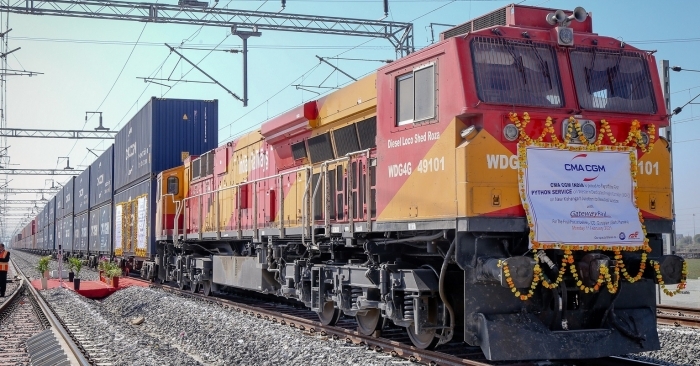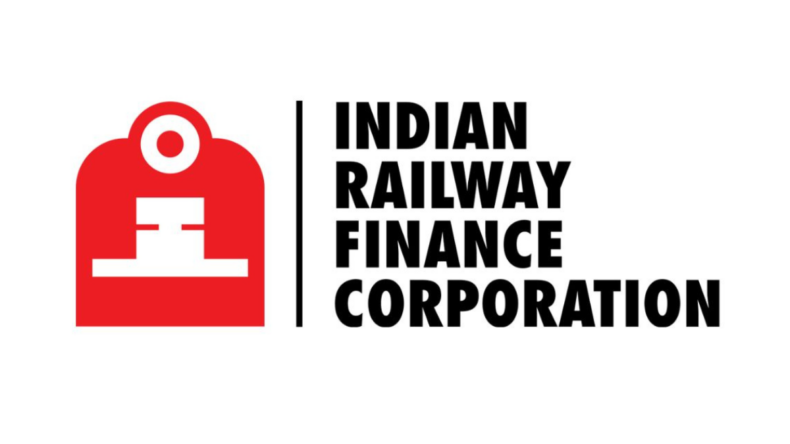The Indian Government is in the process of selling some of its stake in the state-owned Indian Railway Finance Corp (IRFC). At present the government is owning about 86 per cent of the IRFC fund arm. The bifurcation of the stake has not been decided to disinvest but the sell will surge up to 11 per cent in multiple samples.

DFCs and their stage development
Table of Contents
Last month itself the government sold around 5 per cent of its stake in a state owned railway company Rail Vikas Nigam limited and interestingly both companies are doing great. In the listing Rail Vikas Nigam Limited closed at ₹124.65 on 16th August whereas IRFC touched its all-time high at ₹ 52.70 today.
Railways has raised around 56 billion rupees against its target of 510 billion rupees. Shares of IRFC have gained significantly well, gaining 58 per cent over the last four weeks.

According to the officials, the officers from the inter-ministerial group (IMG) and Department of Investment and Public Asset Management (DIPAM) and the board of the railway Ministry have started consultations for the dilution of stake.
Indian Railway Finance Corp (IRFC)
The company is one of the dedicated arm of Indian Railways. It is more like a monopoly for funding the government, the main objective of the company is to meet the demand for ‘Extra Budgetary Resources’ this includes borrowing liquidity through IRFC and borrowing from banks and external investments. IRFC is paying particular attention to Railways predominantly and started to indulge itself more in new projects. It provides dividends regularly.
Extra Budgetary Resources mainly are the transactions which include all revenue, expenditures and financing of the firm that are excluded from their allocated budget.

IRFC was listed on the stock exchange in January 2021 and it reported a net profit of rupees 1557 crore in the quarter which had June as its end. IRCTC is seen as an overvalued stock by many investors in comparison to Rail Vikas Nigam and Indian Railway Finance Corporation. For the experts, the long-term ability of IRCTC is much higher since the setup of new lines is increasing.
Railways with their Project
Prime Minister Narendra Modi chaired the cabinet committee on Economic Affairs and it has approved seven projects of the Ministry which would cost around 32,500 crore rupees. Interestingly the total funding will be from the government side. The focus would be on multi-tracking to reduce congestion at the junctions and the movement and to ease the complex operations.
The project is going to cover 35 districts and will pass through Bihar, Telangana, Uttar Pradesh, Gujarat, Maharashtra, Odisha, Jharkhand and West Bengal. A terrific increase in employment could be seen as around 7 crore work days a man would be employed.
The government has focused a lot on the Dedicated Freight Corridor, the two which are Western (WDFC) and the other one is Eastern (EDFC). Indian Railways recorded a freight of a massive 1,512 million tonnes in 2022-23 which is an increase of 7 per cent from the previous year’s spot. Railways are aiming to move freight around a target of 3,000 million tonnes for 2027-28.

WDG-4G on the roll
The DFC will shift the freight traffic and its impact can be seen on WDFC especially, the freight time will reduce from 48 hours to 24 hours in a single go helping to boost the logistics and the export-import financials.
88% progress has been achieved on Eastern DFC and on Western DFC more than 55 per cent of its route has been operational. WDFC has helped significantly in the latest report on the travelling time at which milk supply used to reach in NCR region has been cut to 37 per cent and by 2024 the current government will try its best to make DFCs operational.












